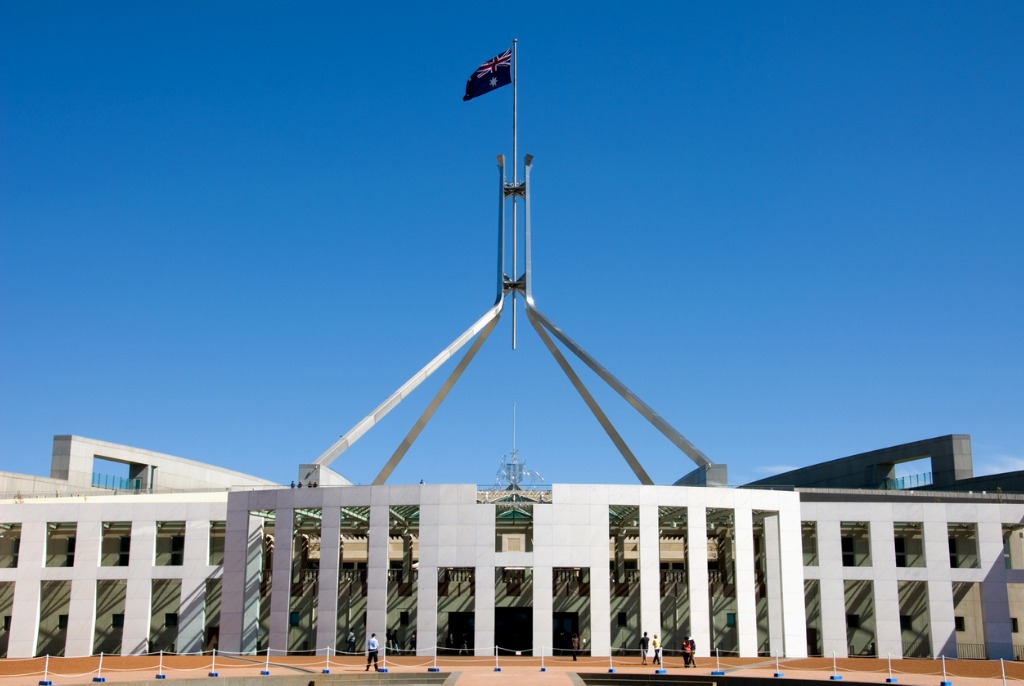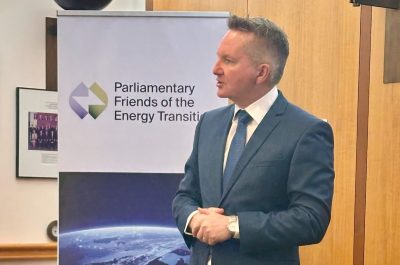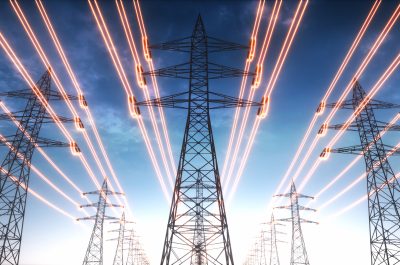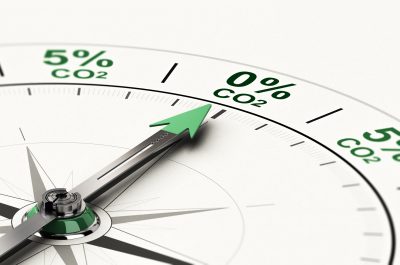COVID dominates COAG agenda
As the world reacts to the spread of COVID-19, the energy industry is rapidly implementing plans and measures to ensure the lights stay on the gas keeps flowing.
This response will be top of the agenda for the Council of Australian Governments (COAG) Energy Council meeting on Friday 20 March.
The meeting of Commonwealth, state and territory energy ministers will now be held via telepresence.
With a chunk of the agenda diverted to tackling the virus, several other key items will need to cut through the distraction including the Energy Security Board’s (ESB) post 2025 review and actioning the Integrated System Plan (ISP).
But first, we need to ensure the sector is prepared to weather the Covid-19 storm.

Pandemic Planning
Contingency plans for a range of natural hazards have already been tested in the past twelve months.
Bushfires and the subsequent recovery efforts tested networks in impacted areas. During this time, the entire sector rallied to the cause, offering affected customers financial assistance.
COVID-19 presents many new challenges that the industry has never had to face, yet energy businesses are prepared.
Generators, networks and retailers have pandemic response plans in place to continue providing their essential services.
Coordination, communication and knowledge sharing
Energy Networks Australia has started regular teleconferences with our network members to discuss logistical responses and to share knowledge and experiences of dealing with COVID-19-related issues.
Regular meetings between networks and the Australian Energy Market Operator are underway to discuss the sector’s response.
On behalf of networks, Energy Networks Australia has been liaising with the office of the Commonwealth Minister for Energy and Emissions Reduction, Angus Taylor, to update the Government on steps taken.
Energy Networks Australia is also liaising with relevant regulators.
Limit exposure
The energy industry has a large workforce. Networks, in particular, have a considerable interface with the general public as part of daily routines.
Connecting customers, fixing faults and reading meters means risks of disease exposure and transmission to other staff.
Steps are being taken to isolate portions of the workforce deemed critical to the operation of the electricity and gas systems.
Many networks and generators have taken steps to lock down control rooms. These areas are already secure and isolated, but further steps are being taken to limit access to non-essential personnel.
Businesses have begun to split teams into separate shifts with half working from home and half in the office on a rotational basis. These steps limit the chance of exposure if a team member becomes infected.
Off-site crews can also be isolated from the main workforce to limit exposure. Some businesses have put in place drive-thru style re-stocking protocols, where teams call ahead for supplies and remain in their vehicles while they are resupplied.
Customers isolated for COVID-19
If a customer is under isolation, has been exposed or tested positive for COVID-19 and require a network crew to attend their property, they should contact their network provider so appropriate steps can be taken.
Networks have processes in place for dealing with such cases.
Key reforms must continue
While planning for the pandemic is essential, so too is continuing work for when the storm has passed.
COAG still has several important reforms to discuss on the agenda.

Creating the actionable ISP with an investable framework
The Energy Security Board (ESB) has developed and consulted on the proposed changes to the National Electricity Rules. This final package of rules is up for COAG approval.
Once approved by COAG, the ESB will make the rules and the AEMO final 2020 Integrated System Plan (ISP), expected to be released in June, will be the first ISP under this new framework.
The new rules also create a more streamlined regulatory investment test and regulatory approval process.
The Australian Energy Regulator (AER) is taking the lead on behalf of the ESB on work to develop a fair cost-sharing approach for the major transmission projects in the ISP. The cost allocation work is challenging and not expected to conclude before the end of the year. For some large actionable transmission projects, this can’t come soon enough.
While several jurisdictions will seek to create legislative powers to do their own thing faster, it is hoped that this will not undermine a thorough, robust national transmission plan that has undergone significant stakeholder engagement and the consequential robust regulatory processes.
Coordinating Generation and Transmission Investment
The Australian Energy Market Commission (AEMC) has provided a report up to COAG to seek endorsement to pursue further investigation on various framework elements.
The AEMC is likely to lead this work on the refinement of the more detailed framework and development of rules between now and the end of this year. This work will be coordinated with the ESB post-2025 market design.
The development of renewable energy zones has been taken over by the ESB, which is seeking the endorsement of interim actions to enable these priority zones to move forward ahead of COGATI.
The ESB will be seeking to progress rules by the end of this year to develop more detailed renewable energy zone planning and trialling such arrangements, possibly via a regulatory sandbox approach. There is still much detail to work through on the practical detail level.
Reliability and security update
In the recent Electricity Statement of Opportunities (ESOO), AEMO proposed that a higher level of reliability standard be considered.
Energy Networks Australia understands the rationale to update the standard is based on the AER’s recent updated Value of Customer Reliability values. Customer representatives say customers do not want to pay more for reliability and are happy with their current reliability.
Ahead markets with two sides
AEMO and the AEMC are understood to have been working for some time on a transition towards a genuine two-sided market.
AEMO is also said to be presenting a paper on a form of a day-ahead market, to address concerns that managing challenges like system strength is becoming increasingly difficult with only a real-time market.
Next steps
While the priority will be keeping the lights on, energy networks will continue business as usual wherever possible to plan for the future of the network.
For now, the industry awaits the outcomes of the COAG meeting.



